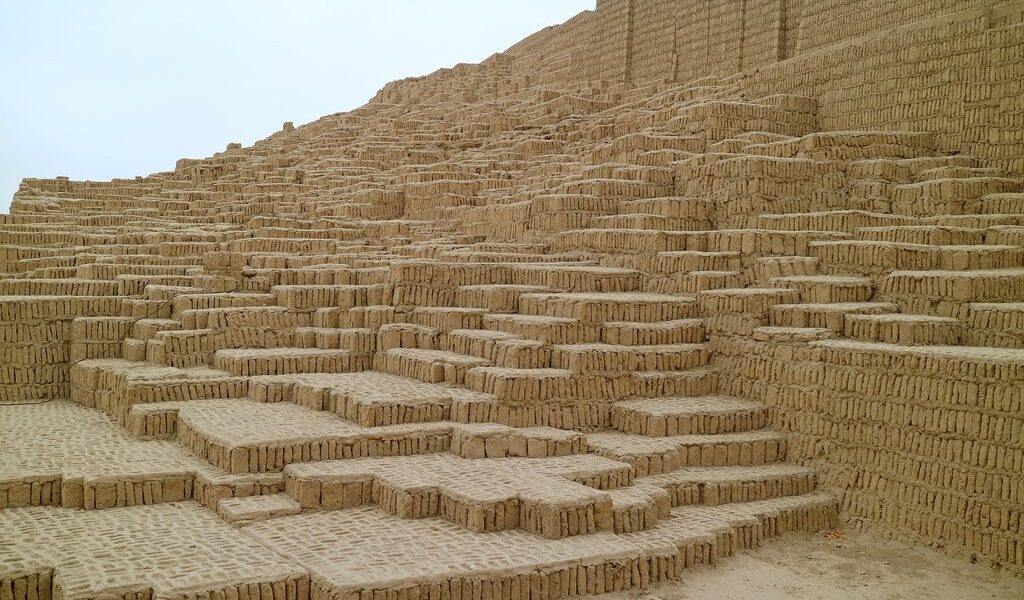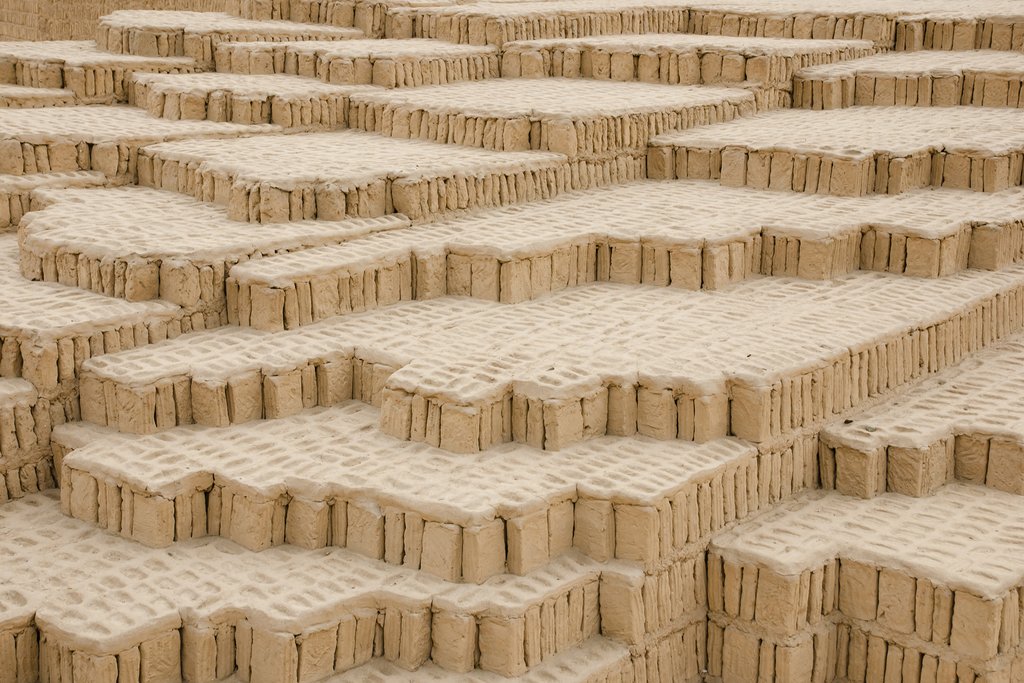
Before the Incas, a long line of indigenous civilizations thrived in Peru—and today, visitors can see what they left behind, from mysterious geoglyphs in the desert to fortress-like ruins in the cloud forest to a massive adobe pyramid in one of Lima’s hippest neighborhoods. Discover the remains of Peru’s ancient cultures with these suggestions.
## Unveiling Peru’s Ancient Tapestry: Beyond the Inca Empire
When Spanish conquistadors arrived in Peru in 1532, they encountered the Inca civilization in firm control over a vast portion of the land. Even today, the Inca often dominate the narrative surrounding Peru’s indigenous history, capturing the imaginations of visitors from around the globe. However, it’s crucial to remember that the Inca were, in fact, the last in a long and complex lineage of ancient cultures that thrived in this region for millennia. These diverse cultures each left their unique mark on the landscape, shaping the cultural and historical identity of Peru in profound ways.
To truly appreciate the depth and breadth of Peru’s ancient history, you’ll need to venture beyond the iconic site of Machu Picchu. While Machu Picchu stands as a testament to Inca ingenuity and architectural prowess, it represents only a fraction of the historical treasures that Peru has to offer. Whether you’re drawn to the idea of exploring sprawling, abandoned cities, deciphering the mysteries etched into the desert floor with the famous Nazca Lines from the sky, or simply immersing yourself in the stories of civilizations long past, the following guide offers ideas and inspiration for an unforgettable journey through time.
## Beginning Your Exploration in Lima
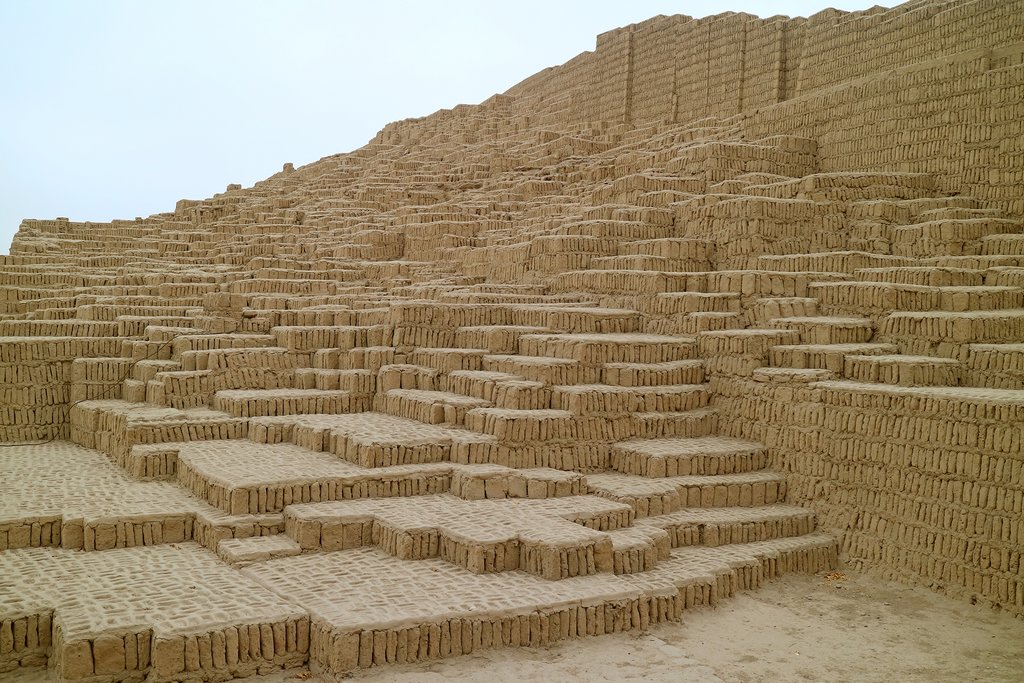
In the bustling modern metropolis of Lima, the remnants of Peru’s ancient cultures are not always immediately apparent. However, beneath the surface of this vibrant capital city lies a rich history waiting to be uncovered. A fantastic starting point for your journey is the Museo Larco, a treasure trove of pre-Columbian artifacts that offers a comprehensive overview of the country’s diverse past.
The Museo Larco meticulously curates its exhibits to span approximately 5,000 years of Peruvian history. The museum’s displays are arranged chronologically, guiding visitors through the evolution of ceramics, textiles, jewelry, and art from various regions. Discover artifacts from the north coast, including the Cupisnique, Vicus, Mochica, and Chimu cultures, each with their own distinct artistic styles and cultural practices. Explore the central coast (Lima and Chancay), delving into the unique characteristics of these coastal civilizations. Journey south to examine the Paracas, Nazca, and Chincha cultures, renowned for their intricate textiles, enigmatic geoglyphs, and maritime prowess. Finally, ascend into the highlands to encounter the Chavín, Tiahuanaco, Huari, and Inca cultures, each contributing to the rich tapestry of Andean civilization. The Museo Larco provides an invaluable foundation for understanding the complexity of Peru’s pre-Columbian heritage.
Further exploration in Lima, specifically in the vibrant neighborhood of Miraflores, will lead you to the remarkable ancient ruins of Huaca Pucllana. This incredible site offers a tangible glimpse into the lives of Peru’s pre-Inca peoples. The adobe and clay pyramid of Huaca Pucllana was constructed by the Lima culture, who inhabited the area between 200 and 700 CE. Today, the ancient structure stands as a powerful symbol of the past, contrasting dramatically with the modern concrete and glass high-rise buildings that surround it.
Embark on a guided tour of Huaca Pucllana to gain a deeper understanding of its history and significance. As evening descends, consider staying for dinner at the excellent onsite restaurant, where you can savor delicious Peruvian cuisine while enjoying breathtaking views of the illuminated ruins. The experience of dining amidst the ancient architecture of Huaca Pucllana is truly unforgettable.
## Journey to Trujillo: Exploring the Chimú and Moche Empires
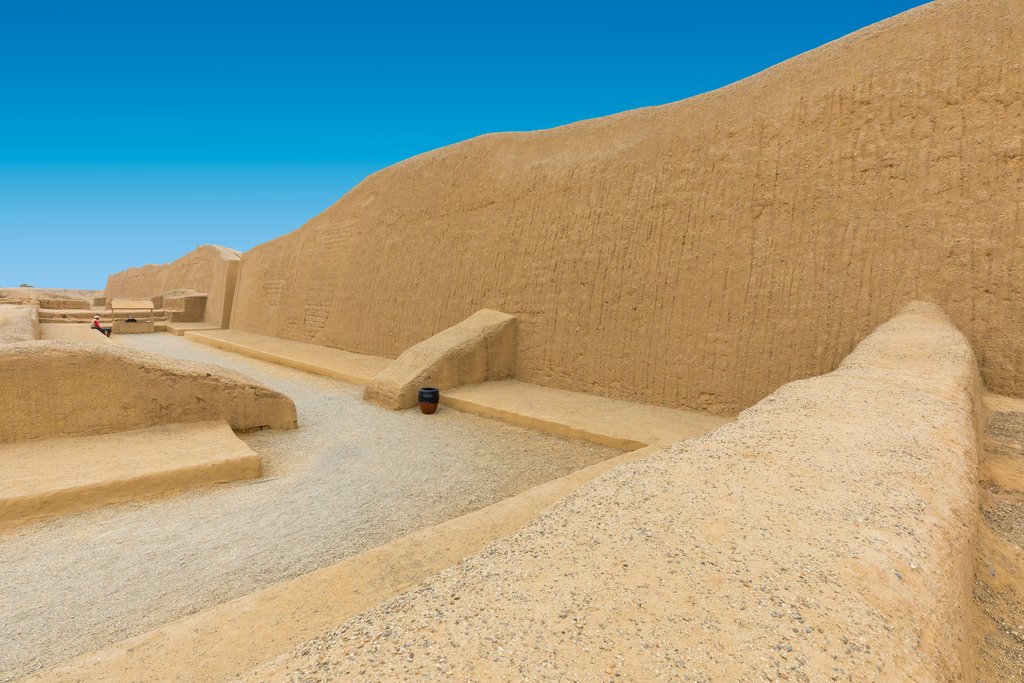
The city of Trujillo holds a significant place in Peruvian history. It was established as one of Peru’s earliest colonial settlements in 1534. However, the region’s history extends far beyond the arrival of the Spanish. The Chimú and Moche cultures flourished here for centuries before the colonial era, leaving behind a legacy of architectural marvels and cultural achievements.
The Moche people, sometimes referred to as the pre-Chimú, thrived from 100 to 700 CE. Their civilization shared similar characteristics with the Chimú and occupied a similar region of the country. The Chimú empire reached its peak between approximately 900 and 1400 CE, becoming a dominant force in northern Peru.
To retrace the footsteps of the Moche, make your way to Huacas del Sol y La Luna, located a few miles southeast of Trujillo. The adobe brick temple of Huaca del Sol was once the largest pre-Columbian structure in Peru, a testament to the Moche’s engineering prowess and architectural vision. While Huaca del Sol has been significantly eroded over time, the smaller but better-preserved Huaca de la Luna offers a more intimate glimpse into Moche culture.
Huaca de la Luna, also constructed of adobe, features rooms adorned with beautiful friezes depicting scenes of Moche life, mythology, and religious beliefs. These intricate artworks provide valuable insights into the Moche worldview. Enhance your understanding of the site by visiting the adjacent Museo Huacas de Moche, where you’ll find a collection of artifacts recovered from the surrounding area.
Another essential destination near Trujillo is Chan Chan, the largest pre-Columbian site in the Americas. This sprawling city, located in the desert northwest of Trujillo, served as the once-mighty capital of the Chimú empire. In its heyday, Chan Chan housed as many as 60,000 inhabitants within its intricate network of adobe walls, plazas, and temples. Exploring Chan Chan is a poignant experience, allowing you to contemplate the rise and fall of a powerful civilization. Before entering the site, visit the small museum at the entrance to gain a broader understanding of the Chimú culture and the history of Chan Chan. Tourist facilities are also available at the entrance to enhance your visit.
## Unveiling the Mysteries of Kuélap Near Chachapoyas
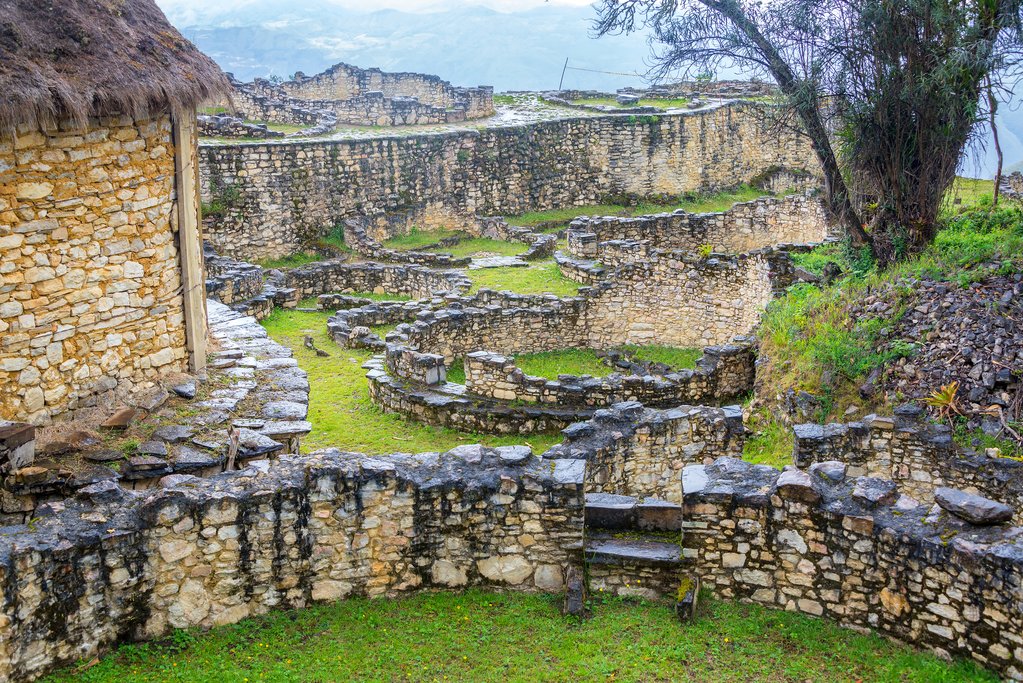
The beguiling ancient city of Kuélap, nestled in the Amazonas region of Peru, offers a truly unique and unforgettable experience. Located 43 miles south of the city of Chachapoyas, Kuélap was built by the Chachapoyas culture, known as the “Warriors of the Clouds,” in the sixth century.
The Chachapoyas people fiercely resisted assimilation into the Inca empire, a spirit of independence that is reflected in the site’s fortress-like construction. Tall, imposing stronghold walls, some reaching as high as 60 feet, served to keep out invaders. Entry into the city was strictly controlled via narrow gates, further enhancing its defensive capabilities.
Today, visitors can wander through the ruins of Kuélap, exploring the myriad circular dwellings that once housed thousands of people. The site exudes an atmosphere of tranquility and mystery. Surrounded by lush forests, Kuélap feels like a lost city, waiting to be rediscovered. Its remote location and impressive architecture evoke a sense of adventure.
## Delving into the Ancient Maze of Chavín de Huántar
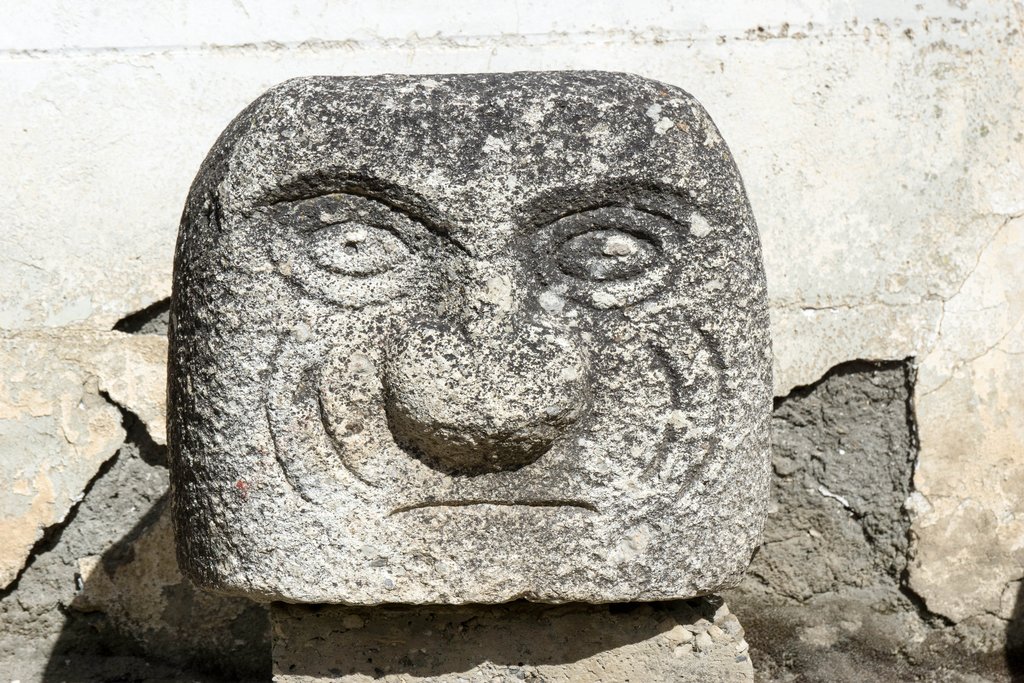
The Ancash region of Peru is renowned for its breathtaking trekking opportunities in the Cordillera Huayhuash, around the town of Huaraz. But hidden within this mountainous landscape lies another significant treasure: the peaceful town of Chavín de Huántar. This town is home to the key remains of one of Peru’s most important ancient cultures. Both the archaeological site and the town itself share the name Chavín de Huántar. The Chavín period spanned approximately from 1200 BC to 500 BCE, marking a formative era in Peruvian history.
The Chavín culture was among the first on the continent to develop a sophisticated style of art. This artistic prowess is evident in the famous stone heads, known as “cabezas clavas”, which are primarily housed in the Museo Nacional de Chavín, located at the site.
Explore the labyrinthine passageways beneath the main temple. At its heart lies the Lanzón de Chavín, an awe-inspiring carved block of stone that stands almost 15 feet tall. This imposing monolith is believed to have been a central religious icon, symbolizing the Chavín worldview.
## Taking Flight Above the Nazca Lines
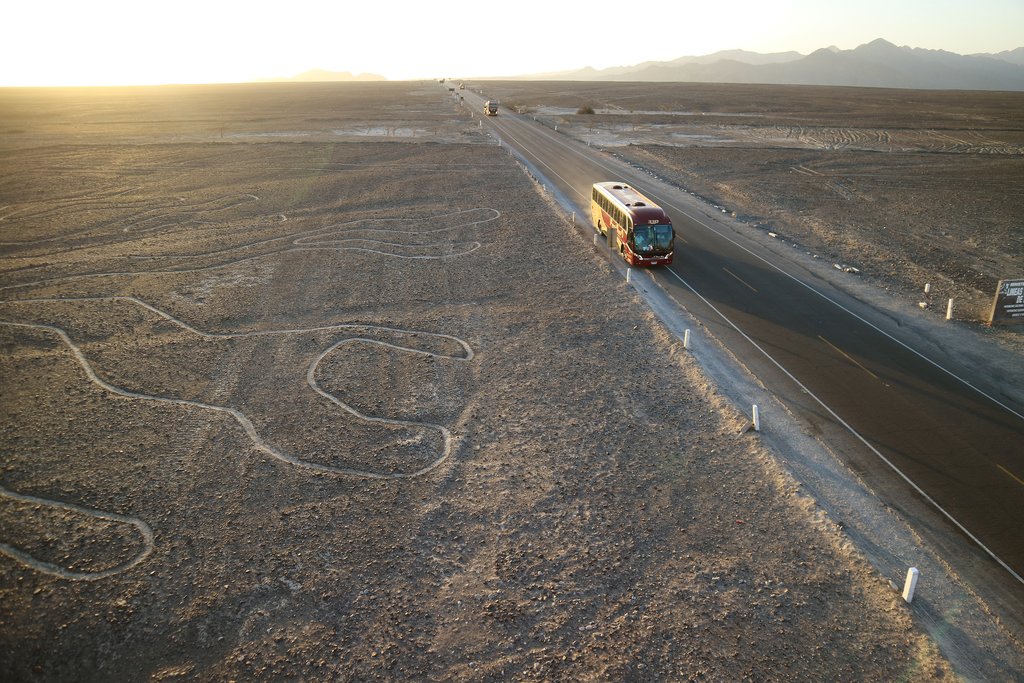
Located twelve miles north of Nazca, along Peru’s southern coast, the Nazca Lines stand as an extraordinary remnant of ancient Peru. This massive system of geoglyphs, ancient line drawings etched into the desert floor, covers an area of almost 20 square miles. The arid desert landscape has preserved these enigmatic creations for centuries.
One of the most remarkable and mysterious aspects of the Nazca Lines is that the majority of them can only be fully appreciated from the air. It remains unclear how the Nazca culture, without the benefit of modern technology, could have conceived and executed these drawings almost two millennia ago. The purpose and meaning of the Nazca Lines continue to be debated by archaeologists and scholars.
An observation tower located on the Carretera Panamericana (Pan-American Highway) provides views of three of the line drawings. However, to truly grasp the scale and complexity of the Nazca Lines, a flight over the area is highly recommended. Numerous tour operators offer flights that provide breathtaking aerial views of the geoglyphs, allowing you to fully appreciate their intricate designs and sheer scale. A flight over the Nazca Lines is an unforgettable experience.
## Reaching New Heights at the Wari Ruins in Ayacucho
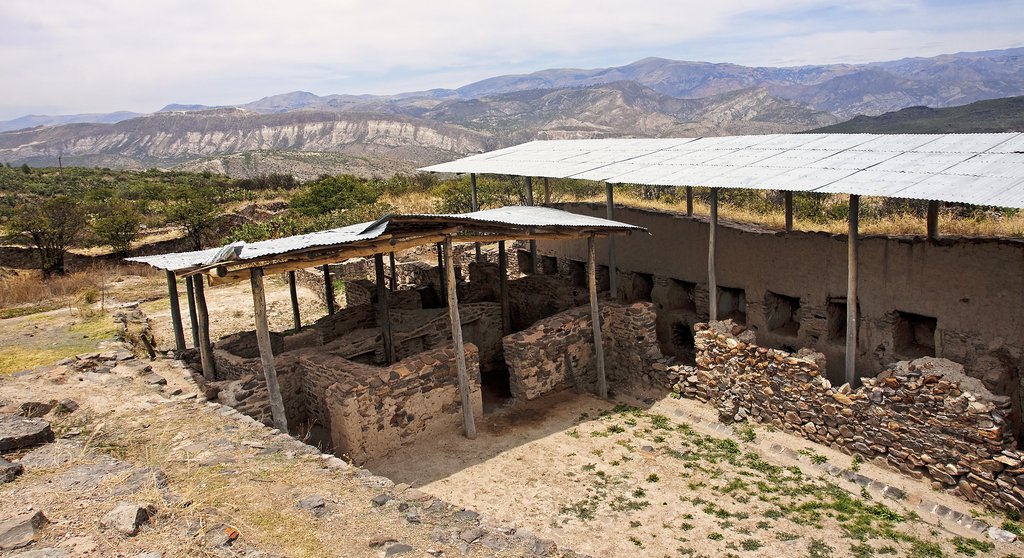
Ayacucho is a captivating colonial city situated in the Peruvian Central Highlands, offering a glimpse into Peru’s rich history. Its pre-colonial history is equally fascinating. Up on the altiplano, the high-altitude mountain plains that surround the city, you’ll discover the most significant surviving remains of the Wari culture, which thrived from approximately 600 to 1100 CE.
Before the Inca rose to prominence and began to dominate the highlands of Peru, the Wari were the region’s dominant culture. Their influence extended as far as the coast and the northern highlands. The Wari developed a complex system of urban centers, agricultural terraces, and roadways that laid the foundation for later civilizations. The ruins, located a short drive northeast of Ayacucho, can be easily visited on day tours from the city, providing a unique opportunity to explore the legacy of this influential culture.
B-2066

